To help you make your choice, here’s a list of our favorite park bindings.
This list is in no particular order but we think they’re the best you’re going to find.
In fact, they’re the only alpine bindings we’d trust for park skiing.
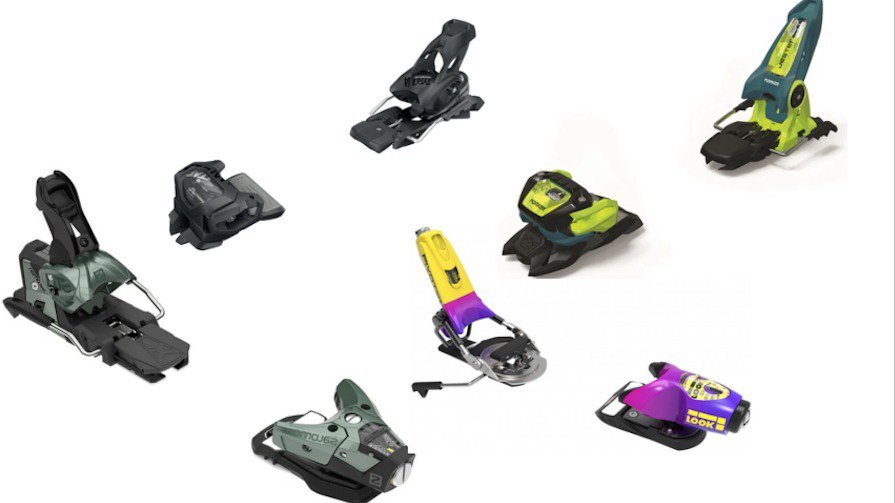
Which suits you best will depend on your requirements.
It’s the exact same binding as the Pivot 18, but with a lower DIN range.
The main difference between the Pivot 14 and the 15 is the toe piece.
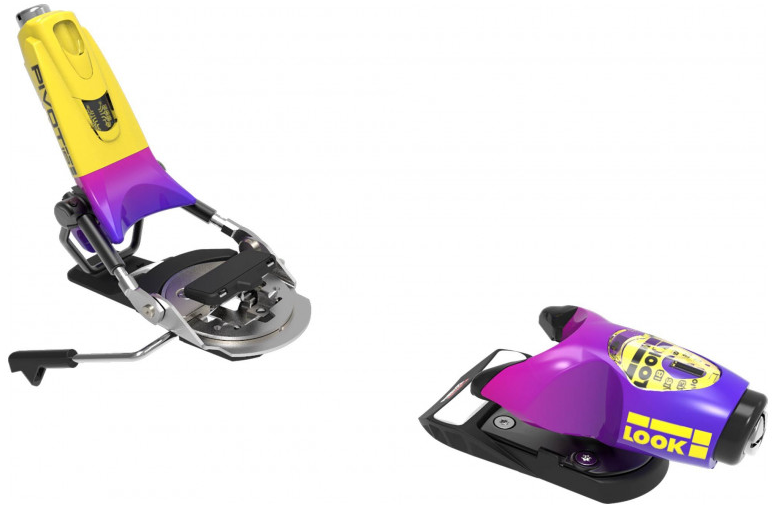
It’s more solid and can be a good option if you’re rough with your equipment."
-@fredyferl
Pros:
Probably the most trusted binding by pros on the market.
All metal construction is super solid.
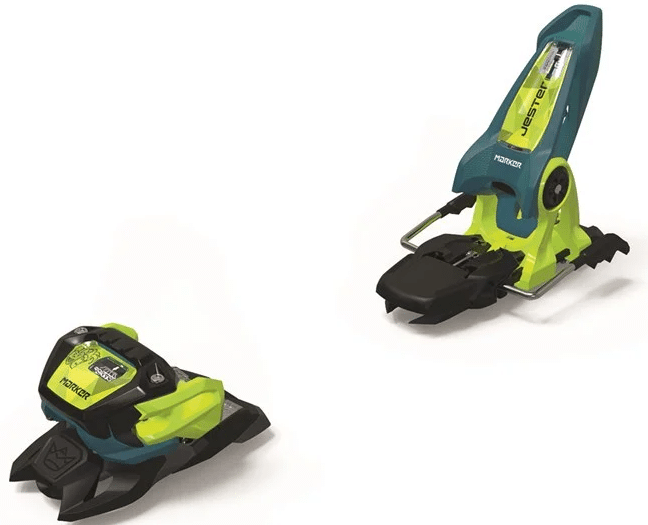
- Incredible elasticity in the heel.
Cons:
The heaviest binding on this list.
Brakes are expensive to replace and have a history of exploding, especially on switch landing ejects.
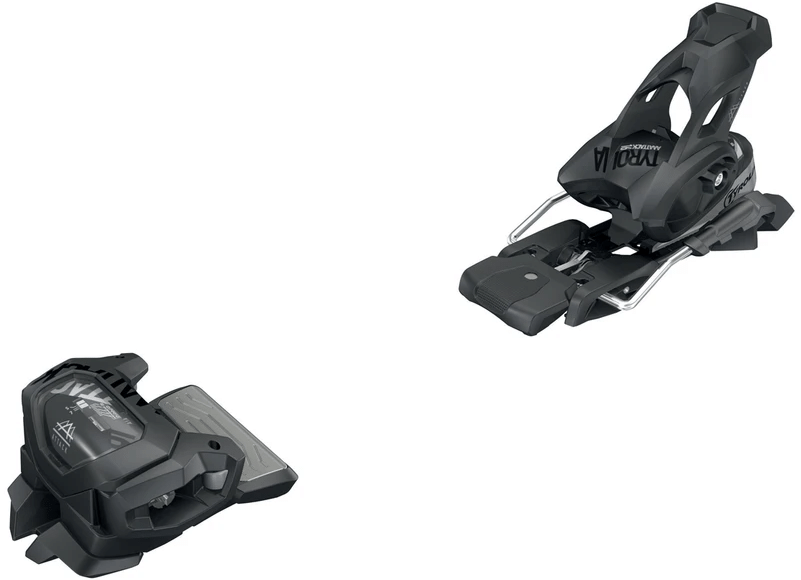
Fiddly to get on and off but that’s far more of an issue in powder.
Minimal boot sole length adjustment.
9/10 penetration factor.
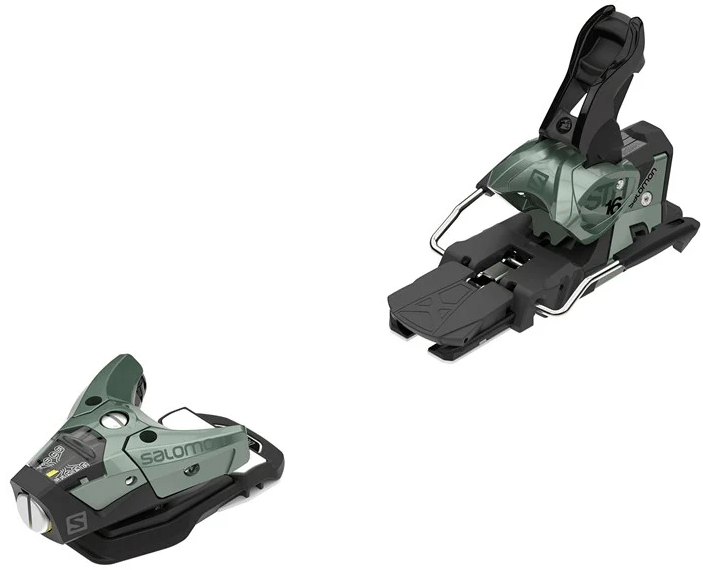
Both the heel and toe are upgraded and the bindings come in a touch lighter than previously.
It feels more solid than any other binding I’ve tried.
-@fredyferl
Improved design, durable build.
Very solid ‘click-in’ feel.
10/10 penetration factor.
Comparatively high stack height.
Less easy on and off than Attack/Sth.
And everyone has their reasons too, but my favorites are the Attack series.
-@Twig
The simplest binding on the list.
The lightest binding on the list.
Usually can be found the cheapest.
Easy click-in, consistent release.
Brake screws directly into the ski, making replacement a pain.
Tabbed forward pressure adjustment can leave you with sub-optimal controls depending on mounting.
Annoying to mount.
The STH is a slightly more beefy alternative with extra toe elasticity."
-@Twig
Solid construction with plenty of metal.
Insane toe elasticity.
Easiest to step in to in deep snow.
Manually adjusted toe wings require regular checks.
Release is sensitive to snow buildup and binding setup.
On the heavy end of the scale.